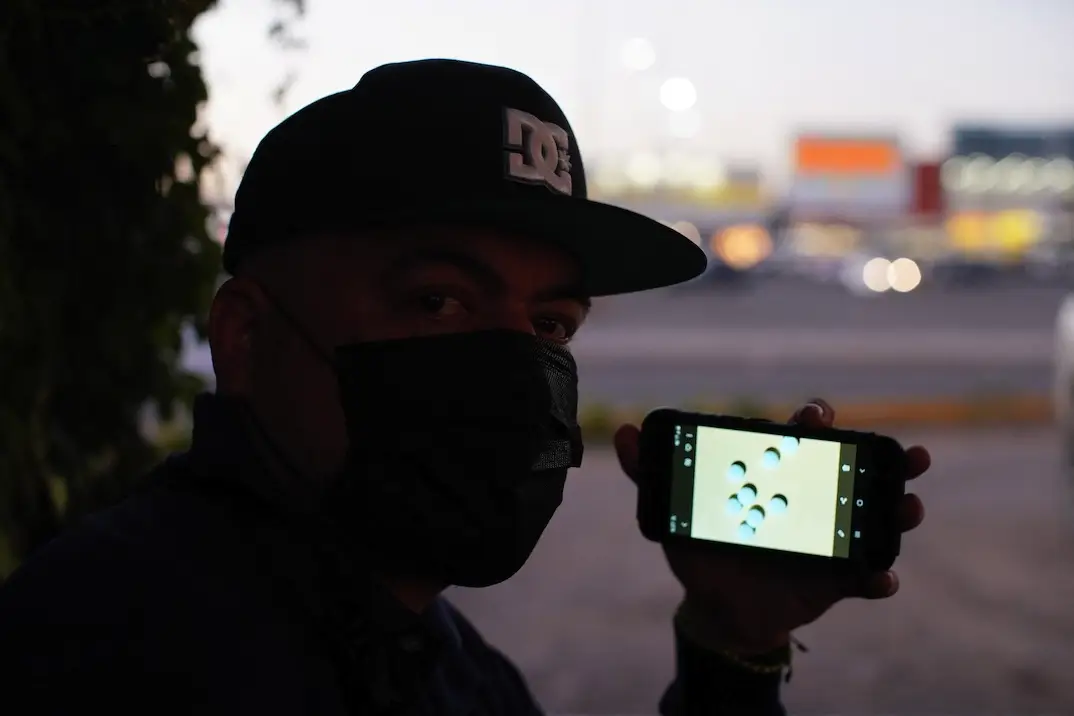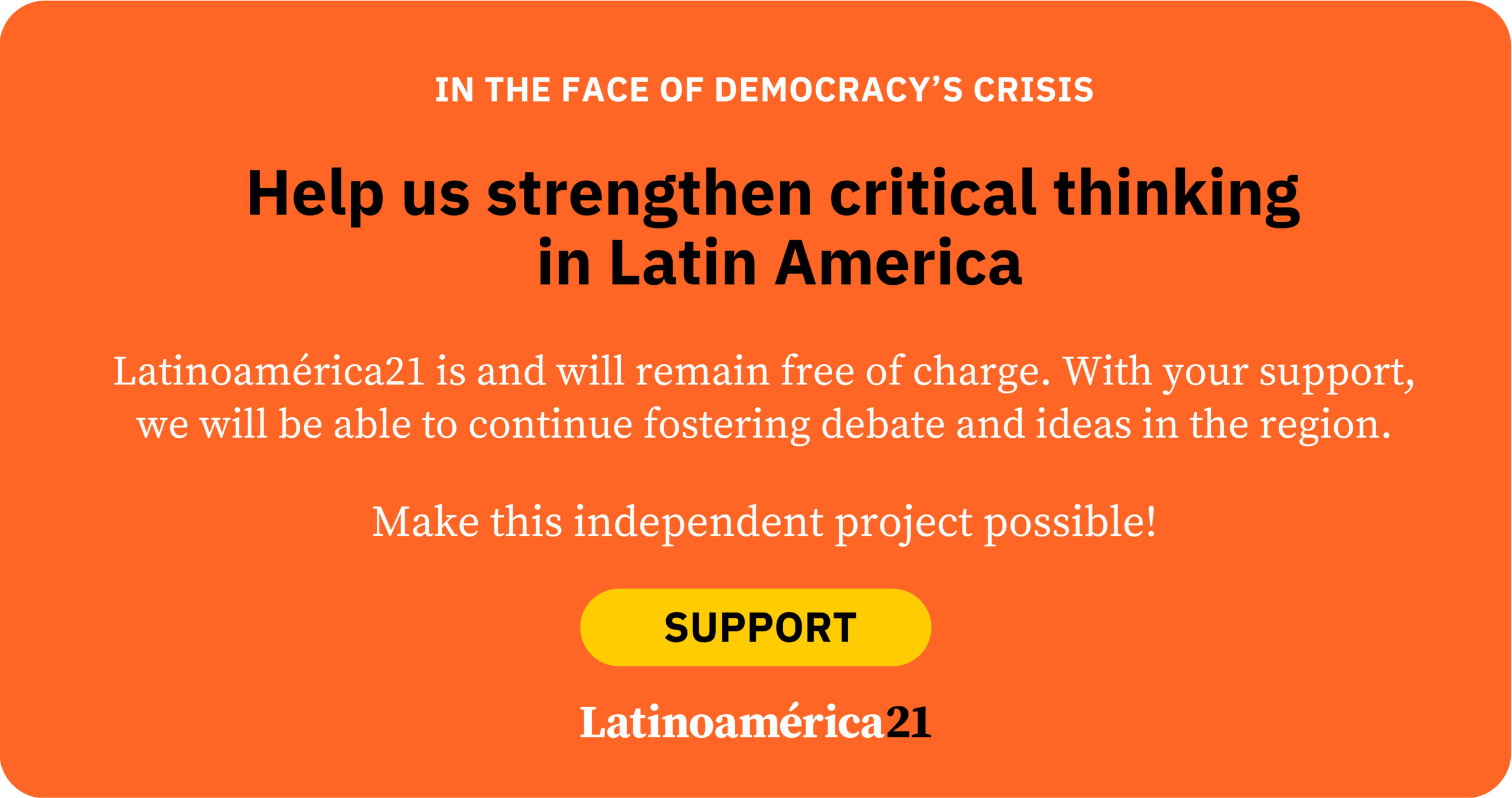Criminal gangs have learned to move fluidly across social media. With TikTok as their new territory of conquest, their recruitment strategies target emotions, symbols, and systemic voids. Can our public policies keep up with the speed of the algorithm?
A recent report by the Seminar on Violence and Peace at El Colegio de México, in collaboration with the Civic A.I. Lab at Northeastern University, confirms an alarming trend: the systematic use of TikTok by criminal organizations to recruit young people.
The research found that over 100 active accounts are using strategically designed communication patterns to attract vulnerable audiences. How? By offering jobs with attractive salaries, accommodation, and training in exchange for joining cartel forces; by adapting their tactics to digital environments with high youth engagement; and by tailoring their messaging specifically to groups like single mothers and students.
Through social media, they have developed a refined discourse that goes beyond traditional propaganda. To achieve this, they have sophisticated their methods. Using coded symbolism—such as emojis, hashtags, and even musical references—they have not only facilitated peer recognition among criminals but have also managed to bypass platform moderation mechanisms.
In this digital criminal ecosystem—where aesthetics blend with seemingly harmless offers of “profitable businesses”—a fertile space has been created for the gradual entrapment of new generations. The study notes that although 46% of the accounts engage in explicit recruitment, a significant portion operate covertly, making algorithmic detection difficult and breaching current models of digital governance on social networks.
The age of segmented crime
Findings related to the functional segmentation of criminal content on TikTok confirm that criminal organizations now operate with the logic of advanced digital marketing. Far from being random posts, these profiles are designed to fulfill specific roles in the recruitment process: some persuade, others prepare symbolic ground, and others execute final contact.
Within a detailed architecture of criminal communication, organized crime has recognized the potential of digital platforms not only as channels for dissemination but also as strategic environments for building narratives of power and belonging aimed at vulnerable audiences.
In terms of digital security, the challenge for traditional monitoring and control mechanisms is enormous. The thin line between propaganda, job offers, and explicit crime presents an unprecedented challenge for timely intervention—especially when content is designed to evade algorithmic filters through visual codes and ambiguous narratives.
Adding to this is content fragmentation: the absence of criminal symbols in some accounts and the use of neutral or seemingly legal messages make early risk detection more difficult for both users and authorities.
This scenario calls for a thorough review of public policies aimed at protecting minors and young people in digital environments and raises a series of pressing questions: How can we integrate systems capable of detecting patterns beyond keywords? What kind of educational campaigns could clearly expose the workings of this recruitment machinery? How can we regulate without censoring? How can we intervene without criminalizing cultural expressions?
These are unavoidable questions that demand urgent answers—because as long as platforms remain fertile ground for the expansion of digitized crime, any containment effort will, at best, be reactive and insufficient.
A continental challenge
A 2021 study by Mexico’s Ministry of the Interior warned that criminal groups were already using Facebook, Instagram, and chats in popular games to reach minors, and digital recruitment patterns were identified throughout the country.
But this trend is not unique to Mexico. In various Latin American countries, organized crime has diversified its youth recruitment channels. Platforms like TikTok, Facebook, WhatsApp, and even online video games have become key tools for cartels and gangs, which use their visual and algorithmic language to lure teenagers with fake job offers, economic aid, or seductive narratives tied to power, belonging, and fast money.
In Colombia, the UN has already warned that these channels have become major showcases for romanticizing criminal life in order to attract children and adolescents to illegal armed groups like the Dissidents and the Clan del Golfo, through false promises and symbols of power. Meanwhile, Colombian authorities report that every 48 hours a minor is recruited into these armed structures through content that bypasses filters and digital regulations.
Brazil, Ecuador, and Bolivia are no strangers to this issue. Criminal groups are reportedly using TikTok and other apps to spread videos that normalize violence and glorify criminal lifestyles as seductive entry points into crime. The rise of TikTok for these purposes has reached such levels that even members of criminal networks often share content that incriminates them.
The continental spread of digital recruitment unquestionably demands a rethink of prevention strategies with a regional, intersectoral, and immediate approach. If organized crime adapts its tactics to the rhythm of social media, then states and societies must act with equal agility to shield new generations. Otherwise, the algorithm will continue recruiting where the state fails to reach.
Can this phenomenon be contained?
State responses to crime have historically relied on linear legal frameworks. However, drug trafficking and organized crime, as complex phenomena, are surpassing these frameworks by rooting themselves in contexts of inequality, exclusion, and institutional weakness.
From this perspective, studies such as The Use of TikTok in the Trivialization and Camouflaging of Drug Trafficking as a Transnational Criminal Phenomenon argue that platforms like TikTok have enabled these actors to transform crime into an aspirational narrative, positioning their lifestyle as a model of success for youth with no real prospects for social mobility. This is no minor challenge: criminal structures are overwhelming state control capabilities with a communication strategy that is both effective and visually seductive.
Unsurprisingly, the sophistication with which criminal groups now operate in digital environments—producing content that often escapes traditional legal categories—shows that combating these structures requires more complex and adaptive approaches. The gaps are so vast that we must break free from one-dimensional security visions and embrace more interdisciplinary analyses.
Because here’s the crux of the matter: we do not govern the networks; the networks govern us. And as long as authorities continue to act within rigid and bureaucratic frameworks, criminal groups will keep deploying flexible, effective strategies in the vast universe of social media. Among other reasons, because crime has already learned to operate through persuasion, narrative, and symbolic representation. And on this side? Will we continue to lag behind?
What’s urgently needed is a new generation of public policies that integrate prevention, deep research, sustained funding, and genuine coordination between state actors, academics, and civil society. Only then will we be able to understand—and eventually contain—the expansive power that crime has gained in the digital ecosystem.
*Machine translation proofread by Janaína da Silva













